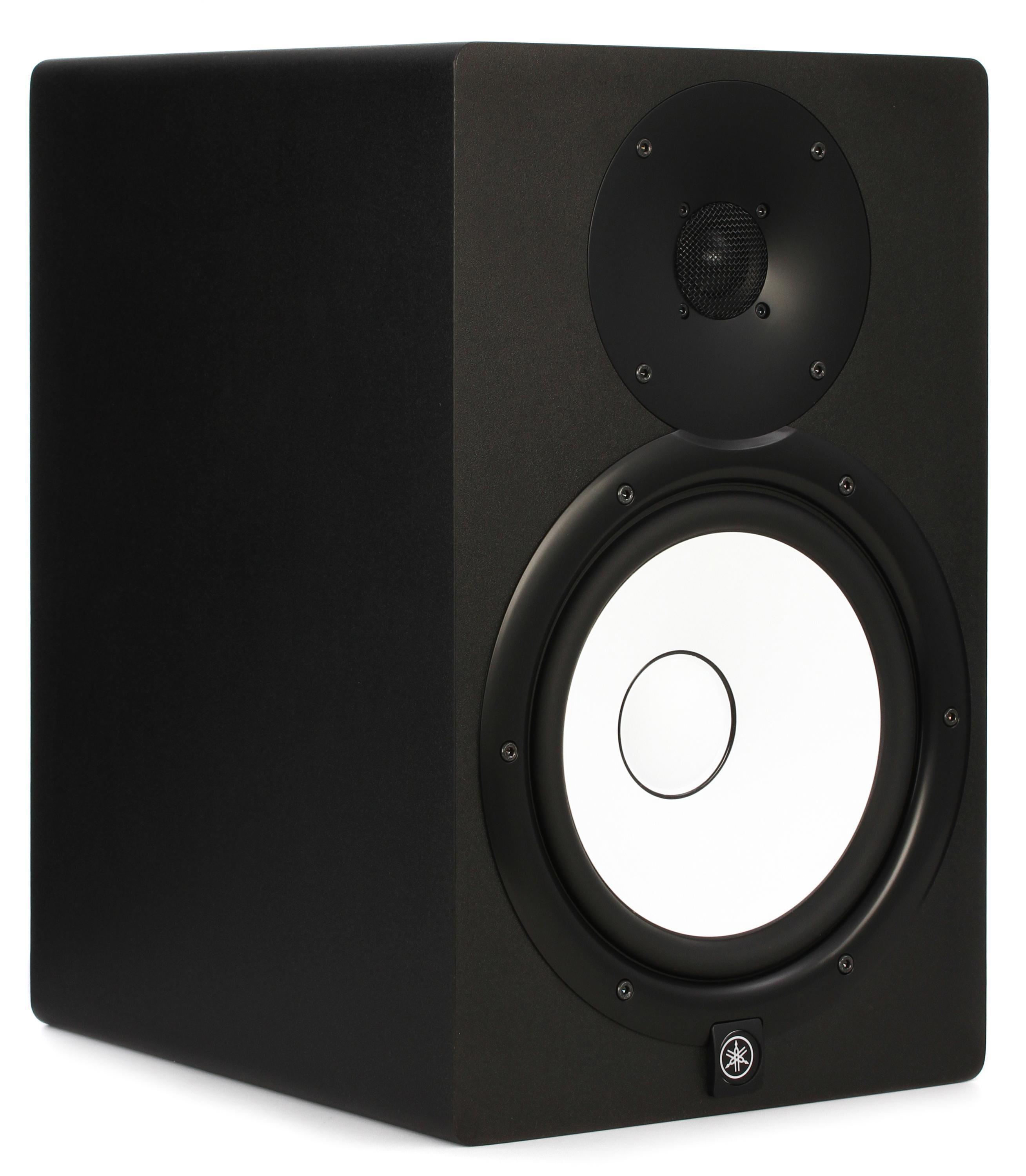uncle sixer
Member
Never claimed +/- 3 dB....Er? You put some non-specified paper coned driver in a box of unstated dimensions and no mention of internal filling and you say "it would have a fairly flat frequency response to 100Hz" !! Have you never read one of Phil Ward's dissertations on speakers? Only THE most carefully designed drivers and cabinets get close to even +/- 3dB over 100Hz to say 10kHz.
I have never seen the point of 'grot boxes' except maybe for post tracking 'adjustment' My view is you use the best, most faithful speakers you can afford and get as true as possible a recording of the performance...THEN cluck about with it afterwards...IF you have to.
Dave.
Makaudio CHP 70 in roughly a 343 cubic inch MDF box (roughly 5x7x10 internally with some allowance for bracing and driver volume), haven't taken any fill into account yet, but I know it is best practice to generally have at least a little. Box volume was calculated for Qtc 0.707.
I am well aware this design would not respond like $500+ dedicated monitors, please don't assume I know nothing about what I mention.



